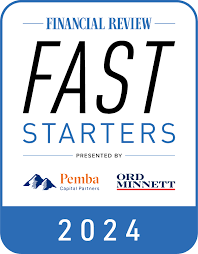6. Use responsive images
With the increasing use of mobile devices, it's important to make sure that your images are responsive and look good on a variety of screen sizes. To do this, you can use the srcset and sizes attributes, which allow you to specify multiple versions of an image at different resolutions.
7. Optimise image thumbnails
Image thumbnails, or small versions of an image, are often used on websites to save space and improve the loading speed of pages. To optimise image thumbnails, use small, compressed versions of the original image and make sure that they are properly scaled.
8. Use lazy loading
Lazy loading is a technique that delays the loading of images until they are needed, which can help improve the loading speed of your website. There are several tools and plugins available that can help you implement lazy loading on your website.
9. Use image sprites
Image sprites are a single image that contains multiple images, which can be displayed using CSS. Using image sprites can help reduce the number of HTTP requests that are made when a web page is loaded, which can improve the page load time and overall performance of the website.
In conclusion, image optimisation is a crucial aspect of digital marketing that should not be overlooked. By implementing the 9 image optimisation tips discussed in this blog, you can significantly improve the performance and user experience of your website or eCommerce store.
Whether you're looking to improve loading times, boost SEO, or enhance the accessibility of your website, these tips can help you achieve your goals. So, don't let your website get weighed down by slow-loading images. Start optimising your images now to ensure that your marketing campaigns are as successful as possible.





























%20(13).png)